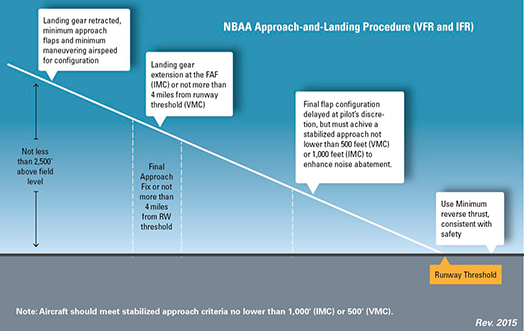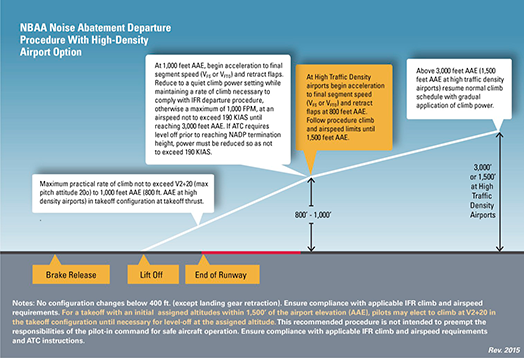Hartford Brainard Airport
Hartford, Connecticut, United States
Noise Abatement Information - Last update 05/20/2014
Overview
Welcome to Hartford-Brainard Airport.
Safety is first, being a good neighbor is second. Please request and follow noise abatement procedures with the Tower whenever possible.
Thank you,
Airport Manager
Curfews
All Runways | All Aircraft Categories | Arrival & Departure
Voluntary curfew on closed traffic and practice instrument approaches. These operations should be conducted between the hours of 7:00am and 10:pm Monday through Saturday and between the hours of 9:00am and 10:00 pm on Sundays.
Images / Diagrams
All Runways | Aircraft Category HELI | Arrival & Departure
HFD Helicopter Corridors

All Runways | All Aircraft Categories | Arrival & Departure
KHFD Noise Sensitive Areas

Runways: 02, 20, NE & SW | All Aircraft Categories | Arrival & Departure
KHFD South ARR & DEP

Arrivals
Runways: 02, 11, 29 & SW | All Aircraft Categories | Arrival Only
When arriving from the south please make your approach from the the southeast following the Connecticut River and meadows areas (areas east of Interstate-91) as long as possible before turning final to Runway 2. Please avoid the residential area south of the Runway 2 final approach course whenever possible. Following the published Rwy 2 LDA procedure will keep you clear of this area.
Departures
Runway 02 | All Aircraft Categories | Departure Only
Runway 02 VFR departures, traffic permitting, should turn left at least twenty degrees and follow the river until two nautical miles north of the airport (one mile north of the Charter Oak Bridge).
Runway 20 | All Aircraft Categories | Departure Only
Runway 20 VFR departures, traffic permitting, should turn left, at least twenty fire degrees as soon as practical after takeoff and follow the river until two nautical miles south of the airport (one mile south of the Putnam Bridge)
Preferential Runways
All Aircraft Categories | Arrival & Departure
When wind is less than 5 knots, and traffic and other conditions permit, HFD Tower will utilize runway 02 for departures and runway 20 for arrivals. When using bi-directional flow the runway must be clear and dry with braking action reported as “good”.
Runway 02 will be the designated “Calm Wind Runway”. It will be used whenever the wing speed is less than 5 knots, and conditions do not allow the use of runway 20 for arrivals. If runway 2 is used a tailwind component the runway must be clear and dry with braking action reported as “good”.
If a pilot determines in the interest of safety another runway should be used HFD Tower to the extent traffic and other conditions permit, will assign that runway.
Preferential Instrument Procedures
Runways: 02 & 20 | All Aircraft Categories | Arrival Only
Use of the LDA runway 02 arrival is consistant with our Noise Program and its use in IFR and VFR conditions is appreciated. In circle to land to Runway 20 arrivals, use of the left downwind is requested.
Pattern Altitudes
ALL VALUES ARE MSL (FEET)
Runway 02 | All Aircraft Categories
Use published pattern altitudes.
For safety and noise when arriving on Runway 02, the PAPI provides the pilot with a safe and accurate glide slope on final approach to the runway. Please remain as high as possible, for as long as possible, above populated areas.
Flight Training
Voluntary curfew on closed traffic and practice instrument approaches. These operations should be conducted between the hours of 7:00am and 10:pm Monday through Saturday and between the hours of 9:00am and 10:00 pm on Sundays.
Airport Contact Info
| Name: | Kurt Sendlein, Airport Operations Coordinator |
|---|---|
| Phone: | 860-566-7037 |
| Noise Hotline: | 860-566-2895 |
| Fax: | 860-566-6176 |
| Email: | KSendlein@ctairports.org |
| Web Address: | http://ctairports.org/GeneralAviationAirports/HartfordBrainard/AbouttheAirport.aspx |
| Address: | 239 Maxim Road Airport Operations Office Hartford CT 06114 |
NBAA Procedures
AOPA Noise Awareness Steps
Following are some general guidelines and techniques to minimize the noise impact produced by aircraft operating near the ground.
1. If practical, avoid noise-sensitive areas such as residential areas, open-air assemblies (e.g. sporting events and concerts), and national park areas. Make every effort to fly at or above 2,000 feet over the surface of such areas when overflight cannot be avoided.
2. Consider using a reduced power setting if flight must be low because of cloud cover or overlying controlled airspace or when approaching the airport of destination. Propellers generate more noise than engines; flying with the lowest practical rpm setting will reduce the aircraft's noise level substantially.
3. Perform stalls, spins, and other practice maneuvers over uninhabited terrain.
4. Many airports have established specific noise abatement procedures. Familiarize yourself and comply with these procedures.
5. To contain aircraft noise within airport boundaries, avoid performing engine runups at the ends of runways near housing developments. Instead, select a location for engine runup closer to the center of the field.
6. On takeoff, gain altitude as quickly as possible without compromising safety. Begin takeoffs at the start of a runway, not at an intersection.
7. Retract the landing gear either as soon as a landing straight ahead on the runway can no longer be accomplished or as soon as the aircraft achieves a positive rate of climb. If practical, maintain best-angle-of-climb airspeed until reaching 50 feet or an altitude that provides clearance from terrain or obstacles. Then accelerate to best-rate-of-climb airspeed. If consistent with safety, make the first power reduction at 500 feet.
8. Fly a tight landing pattern to keep noise as close to the airport as possible. Practice descent to the runway at low power settings and with as few power changes as possible.
9. If a VASI or other visual approach guidance system is available, use it. These devices will indicate a safe glidepath and allow a smooth, quiet descent to the runway.
10. If possible, do not adjust the propeller control for flat pitch on the downwind leg; instead, wait until short final. This practice not only provides a quieter approach, but also reduces stress on the engine and propeller governor.
11. Avoid low-level, high-power approaches, which not only create high noise impacts, but also limit options in the event of engine failure.
12. Flying between 11 p.m. and 7 a.m. should be avoided whenever possible. (Most aircraft noise complaints are registered by residents whose sleep has been disturbed by noisy, low-flying aircraft.)
Note: These recommendations are general in nature; some may not be advisable for every aircraft in every situation. No noise reduction procedure should be allowed to compromise safety.
Temporary Information (None)
None
Mandatory Restrictions (None)
None
Reverse Thrust (No Restrictions)
No restrictions
Intersection Takeoffs (No Restrictions)
No restrictions
APU Use (No Restrictions)
No restrictions
Engine Runup (No Restrictions)
No restrictions
Community Groups/Info (None)
None
Stage II (No Restrictions)
No restrictions
Stage III (No Restrictions)
No restrictions
Flight Track Monitoring (None)
None
Noise Ordinance (None)
None
Noise Monitoring (None)
None
Prior Permission (PPR) Operations (None)
None
Airport Maps
Airport Contact
| Name: | Kurt Sendlein, Airport Operations Coordinator |
|---|---|
| Phone: | 860-566-7037 |
| Noise: | 860-566-2895 |
| Fax: | 860-566-6176 |
| Address: |
239 Maxim Road Airport Operations Office Hartford CT 06114 |
Weather Data

Loading Most Current Data...
Airport Data
| Elevation: | 18 ft |
|---|---|
| City: | Hartford, Connecticut, United States |
| Sectional Chart: | New York |
| Flight Service: | Bridgeport FSS |
| Control Tower: | Yes |
| Wind Indicator: | Yes |
| Fuel: | 100LLA |





